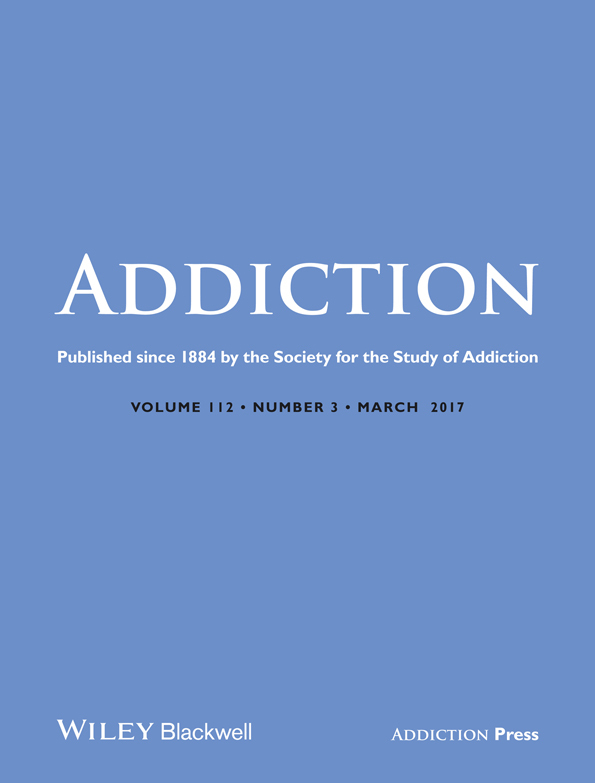Drinking with mixed-gender groups is associated with heavy weekend drinking among young adults
Abstract
Aims
To investigate how gender composition of the drinking group affects young adults’ alcohol consumption on weekend evenings over and above the effect of drinking-group size.
Design
Using the internet-based cellphone-optimized assessment technique (ICAT), participants completed online questionnaires on their cell phones every hour from 8 p.m. to midnight on Thursday, Friday and Saturday evenings during five consecutive weekends.
Setting
French-speaking Switzerland.
Participants
Convenience sample of 183 young adults (53.0% female, mean age = 23.1) who completed a total of 4141 hourly assessments.
Measurements
Alcohol consumption and number of male and female friends present assessed at 8 p.m., 9 p.m., 10 p.m., 11 p.m. and midnight.
Findings
Results of three-level negative binomial regression analyses showed that women consumed significantly more drinks per hour when drinking in mixed-gender groups (Z-values ranging from 2.9 to 5.3, all P < 0.01) and significantly fewer drinks when drinking with men only (Z = −2.7, P < 0.01), compared with drinking with women only. Men reported consuming more drinks per hour in mixed-gender groups of equal gender composition (Z = 2.4, P < 0.05) or mixed-gender groups with men in the majority (Z = 2.2, P < 0.05) and fewer hourly drinks when drinking with women only (Z = −4.9, P < 0.001), compared with drinking with men only. Drinking-group size predicted the hourly number of drinks for women (Z = 6.0, P < 0.001) and men (Z = 5.5, P < 0.001).
Conclusions
Drinking-group gender composition is associated with number of drinks consumed per hour, over and above the impact of the drinking-group size. Young adults report consuming more drinks per hour when drinking with mixed-gender groups than with same-gender groups.




